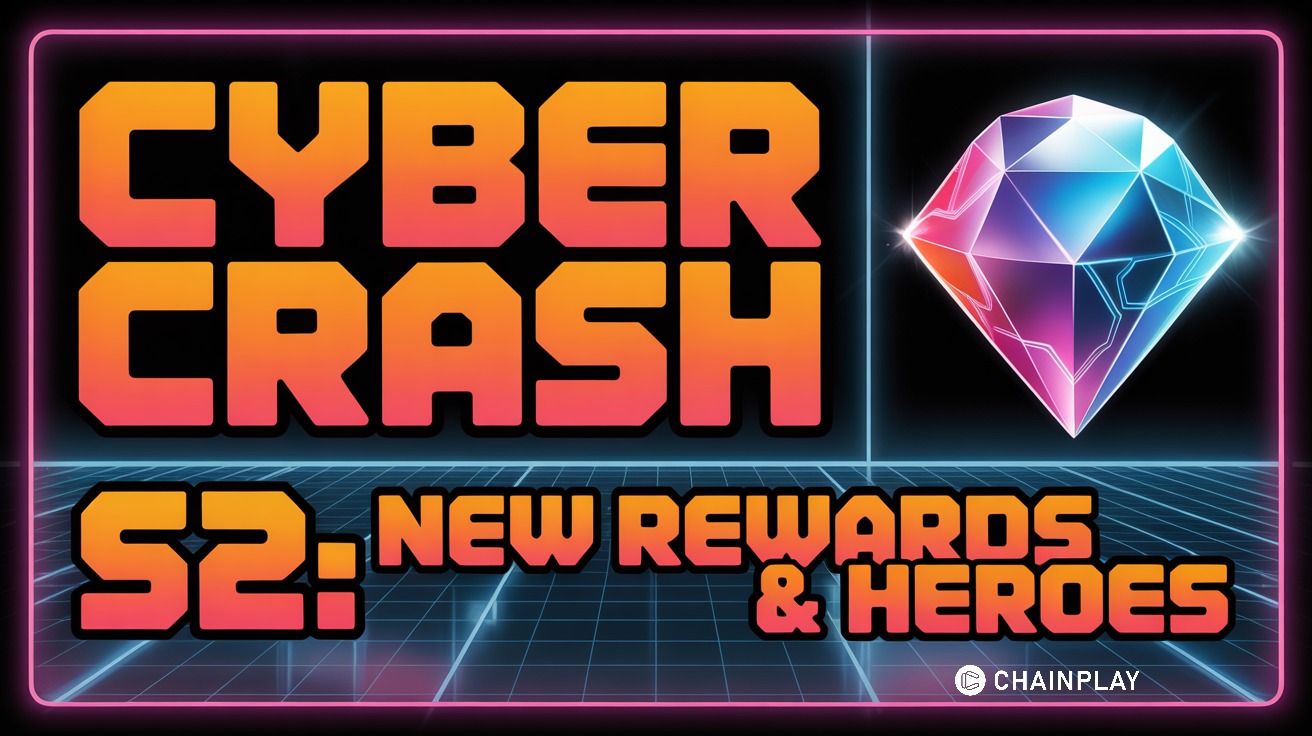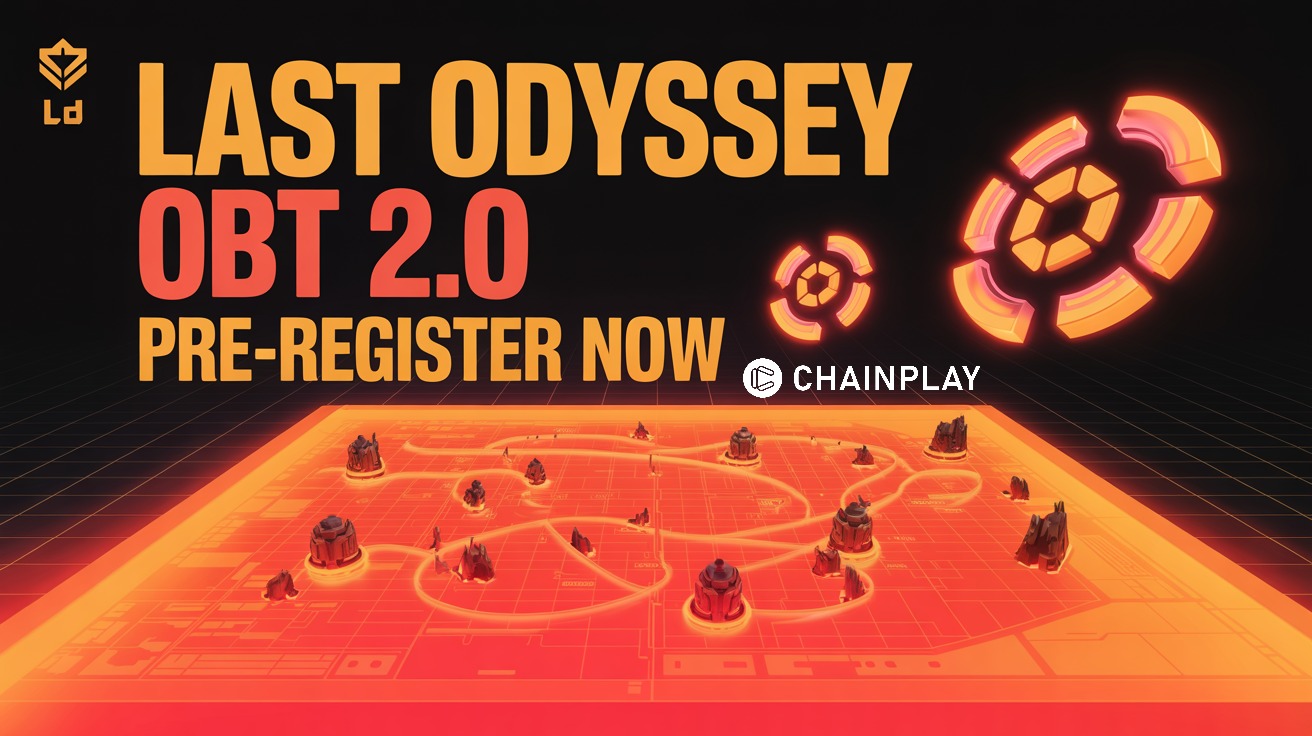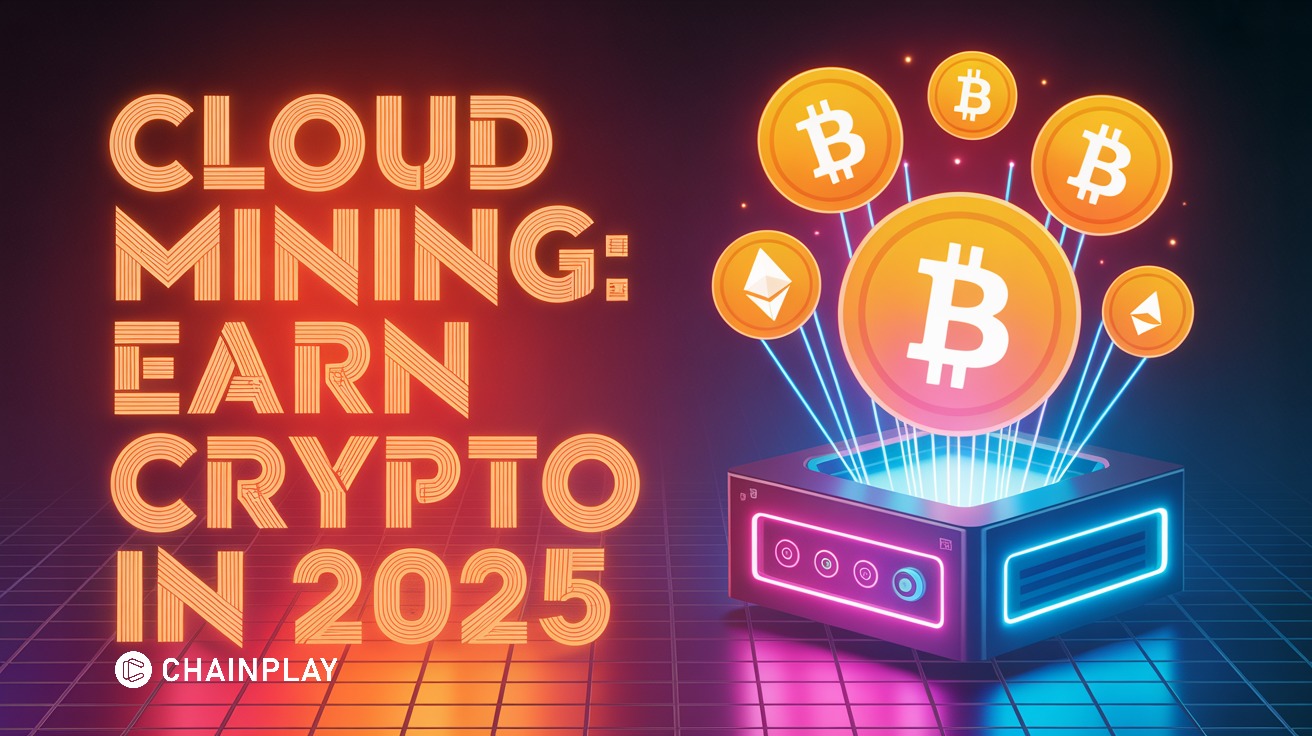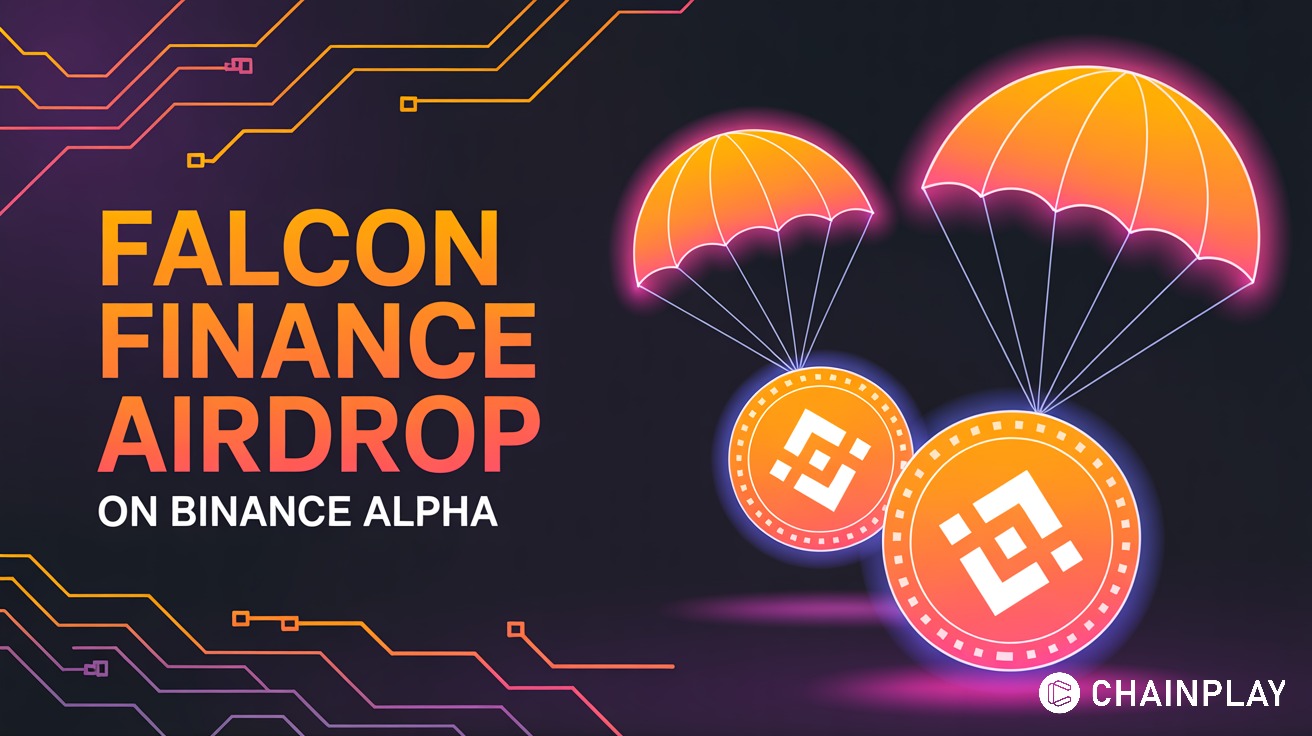News
Crypto Index Funds vs. Active Trading: Which Strategy Fits You Best?
ChainPlay
•
3 months ago
Share :

Introduction
Cryptocurrency investing has matured far beyond the days of speculative Bitcoin purchases and high-risk altcoin bets. As the market develops, so do the tools available for investors looking to optimize returns. Two popular strategies stand at opposite ends of the crypto spectrum: Crypto Index Funds and Active Trading.
Each approach appeals to different types of investors. Index funds offer a passive, diversified, and long-term strategy, often appealing to those who prefer “set and forget” investing. On the other hand, active trading involves constant decision-making, real-time market analysis, and a quest to outperform market averages.
According to recent research by Bitwise Asset Management, over 60% of new crypto investors in 2024 chose some form of index exposure as their entry point into the market. Meanwhile, data from Binance shows that active traders account for a significant portion of its $65 billion in daily trading volume—highlighting both approaches' popularity.
In this article, we’ll compare these two approaches across various dimensions: performance, risk, effort, cost, and more. You’ll also find real-world examples, strategic insights, and the pros and cons of each method to help you choose the right fit for your crypto journey.
What Are Crypto Index Funds?
Definition and Structure
Crypto index funds are investment vehicles that track a basket of cryptocurrencies, weighted by factors such as market cap, liquidity, or thematic relevance. They operate similarly to traditional stock market index funds like the S&P 500.
Examples:
- Bitwise 10 Crypto Index Fund: Tracks the top 10 cryptocurrencies by market cap.
- Grayscale Digital Large Cap Fund (GDLC): Offers exposure to a portfolio of established crypto assets.
- TokenSets or Index Coop: Decentralized finance (DeFi) versions of index funds, accessible directly from crypto wallets.
Key Benefits:
- Diversification: Spreads risk across multiple assets.
- Low Maintenance: Minimal need for portfolio rebalancing.
- Long-Term Focus: Ideal for HODLers and retirement-style strategies.
What Is Active Trading?
Definition and Strategies
Active trading involves buying and selling cryptocurrencies based on short-term price movements. Traders aim to beat the market average through technical analysis, news-based decisions, or algorithmic models.
Popular Styles:
- Day Trading: Multiple trades in a single day.
- Swing Trading: Holds positions for days or weeks.
- Scalping: Profiting from small price changes frequently.
- Quant Trading: Uses bots and predictive models for high-frequency execution.
Tools Used:
- Technical indicators (RSI, MACD, Bollinger Bands)
- Price action charts
- Trading bots and automation platforms like quantum ai
Risk and Reward Comparison
Crypto Index Funds:
Pros:
- Lower risk due to diversification.
- Better suited for long-term wealth accumulation.
- Less emotional decision-making.
Cons:
- Less potential for rapid gains.
- Limited exposure to smaller, high-growth tokens.
Active Trading:
Pros:
- High-profit potential, especially in volatile markets.
- Full control over strategy and asset selection.
- Opportunity to react to breaking news and trends.
Cons:
- Requires significant time and skill.
- Higher transaction fees.
- Emotional stress and susceptibility to market noise.
Performance Analysis: Case Study 2020–2023
- The Bitwise 10 Crypto Index delivered an annualized return of around 73% between 2020 and 2021, mainly driven by Bitcoin and Ethereum.
- Meanwhile, active traders during bull runs (e.g., early 2021) often outperformed with short-term gains of 150–300%, especially using leverage.
- However, in 2022’s bear market, index fund investors typically saw milder drawdowns compared to overleveraged traders who faced liquidations.
This performance gap illustrates that timing and experience are crucial in active trading, while patience and time in the market favor index investing.
Cost and Effort Considerations
Crypto Index Funds:
- Typically have an annual management fee ranging from 0.5% to 2%.
- Require minimal effort beyond the initial setup.
- No need for constant market monitoring.
Active Trading:
- Involves high transaction fees, especially on centralized platforms.
- May require subscriptions to tools or bots.
- Demands constant learning, charting, and execution.
Which Strategy Is Right for You?
Choose Index Funds If:
- You’re new to crypto investing.
- You want passive exposure with lower risk.
- You prefer long-term wealth growth.
Choose Active Trading If:
- You have experience with market analysis.
- You thrive in fast-paced, decision-driven environments.
- You’re equipped with the right tools like quantum ai to automate and optimize trades.
Conclusion
The debate between crypto index funds vs. active trading is ultimately a reflection of personal goals, time commitment, and risk tolerance. Index funds offer a stress-free and structured approach to crypto investing, ideal for long-term holders and passive investors. Active trading, while potentially more lucrative, demands time, expertise, and emotional resilience.
Many investors today combine both strategies—placing a significant portion in index funds for long-term growth, while allocating a smaller amount for active speculation. Whichever route you choose, ensure you understand your risk profile, stay informed, and make use of advanced tools like quantum ai to guide your trading or investment journey.
In the evolving world of crypto, there’s no one-size-fits-all—but the right strategy can be the key to sustained success.
FAQs
What is the main difference between crypto index funds and active trading?
Index funds offer passive exposure to a basket of cryptocurrencies, while active trading involves buying and selling individual assets frequently to capitalize on price movements.
Are crypto index funds safe?
They are generally safer than individual crypto investments due to diversification but still subject to overall market risks.
Can I lose money with index funds?
Yes. While less volatile than individual tokens, index funds can decline during bear markets.
Do active traders always make more money?
Not always. Studies show that the majority of day traders underperform the market, especially without experience or discipline.
Which is better for beginners?
Crypto index funds are usually better for beginners due to simplicity, diversification, and lower risk.
Do I need technical analysis skills for index investing?
No. Index investing doesn’t require chart reading or active decision-making.
Are there tax differences between these two strategies?
Yes. Active trading may trigger more frequent taxable events, while index investing usually involves fewer trades and lower tax complexity.
Can I do both?
Absolutely. Many investors allocate most of their portfolio to index funds and use the rest for active trading to seek higher returns.
Do index funds include altcoins?
Some do. Funds like Bitwise and Index Coop offer exposure to top altcoins, not just Bitcoin and Ethereum.
What tools can help in active trading?
Platforms like quantum ai offer automated trading, real-time analytics, and algorithmic strategies to enhance trading performance.
Share this article
#Other
Latest News

5 Most Trusted Cloud Mining Companies in 2025 – Start
5 days ago

Cyber Crash Season 2 Launches with 1.7M NeonX Prize
3 hours ago

Last Odyssey OBT 2.0 Launches Oct 16 With Crypto and
23 hours ago

What Is Cloud Mining? How to Earn Bitcoin and Altcoins
yesterday

Falcon Finance (FF) To Launch on Binance Alpha and
yesterday
Related articles

Discover how to earn Bitcoin and altcoins remotely with cloud mining in 2025. Learn how it works, choose reliable providers, and start generating passive crypto income today.
ChainPlay
•
yesterday

Pre-register for Last Odyssey OBT 2.0, launching Oct 16. Join Sanctuary War, capture rewards, and unlock crypto and NFTs in this web3 MMORTS.
ChainPlay
•
23 hours ago

Cyber Crash Season 2 adds 1.7M NeonX rewards, Gem system, Orient Express mode, new heroes, and $CCC conversion for crypto gamers.
ChainPlay
•
3 hours ago


